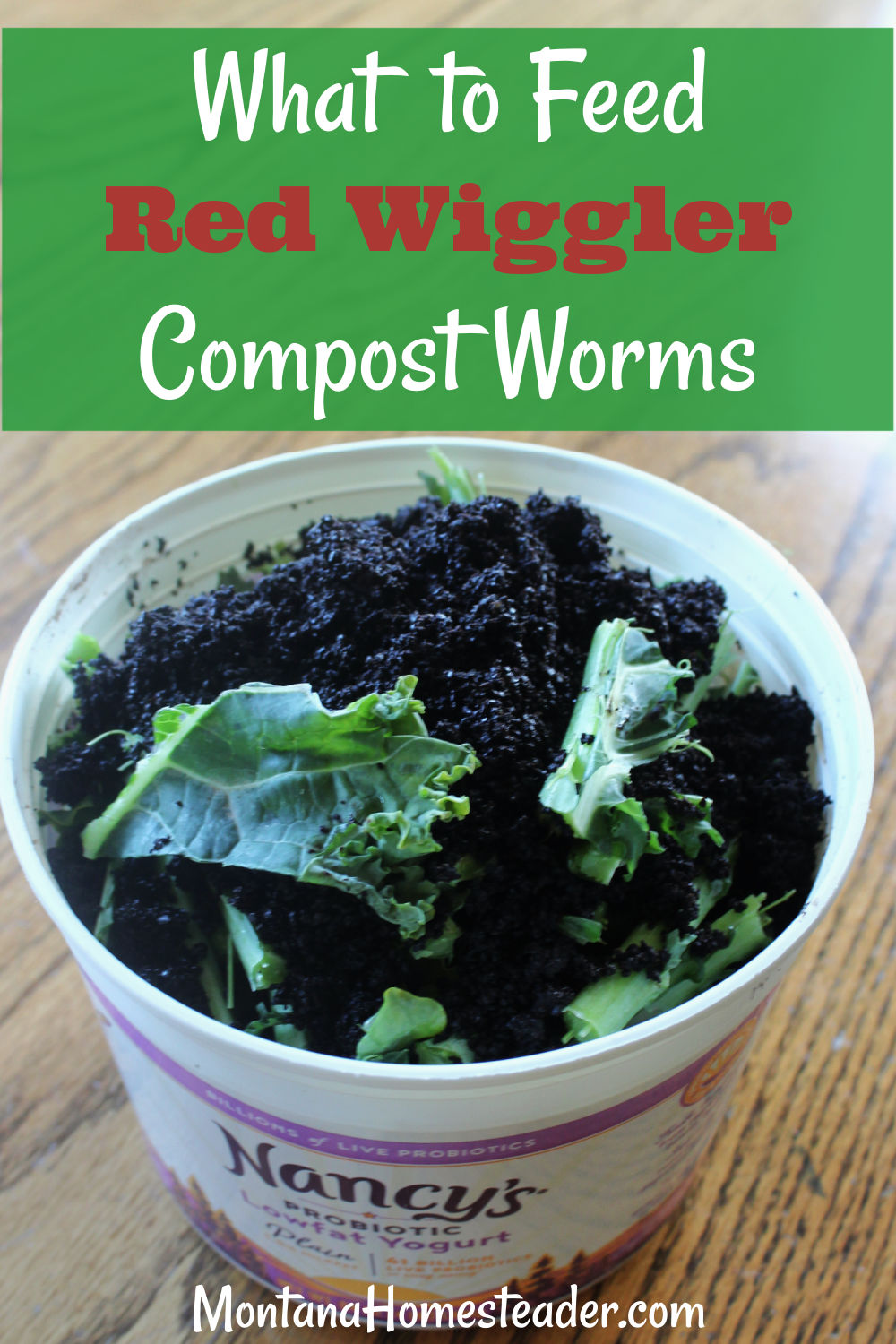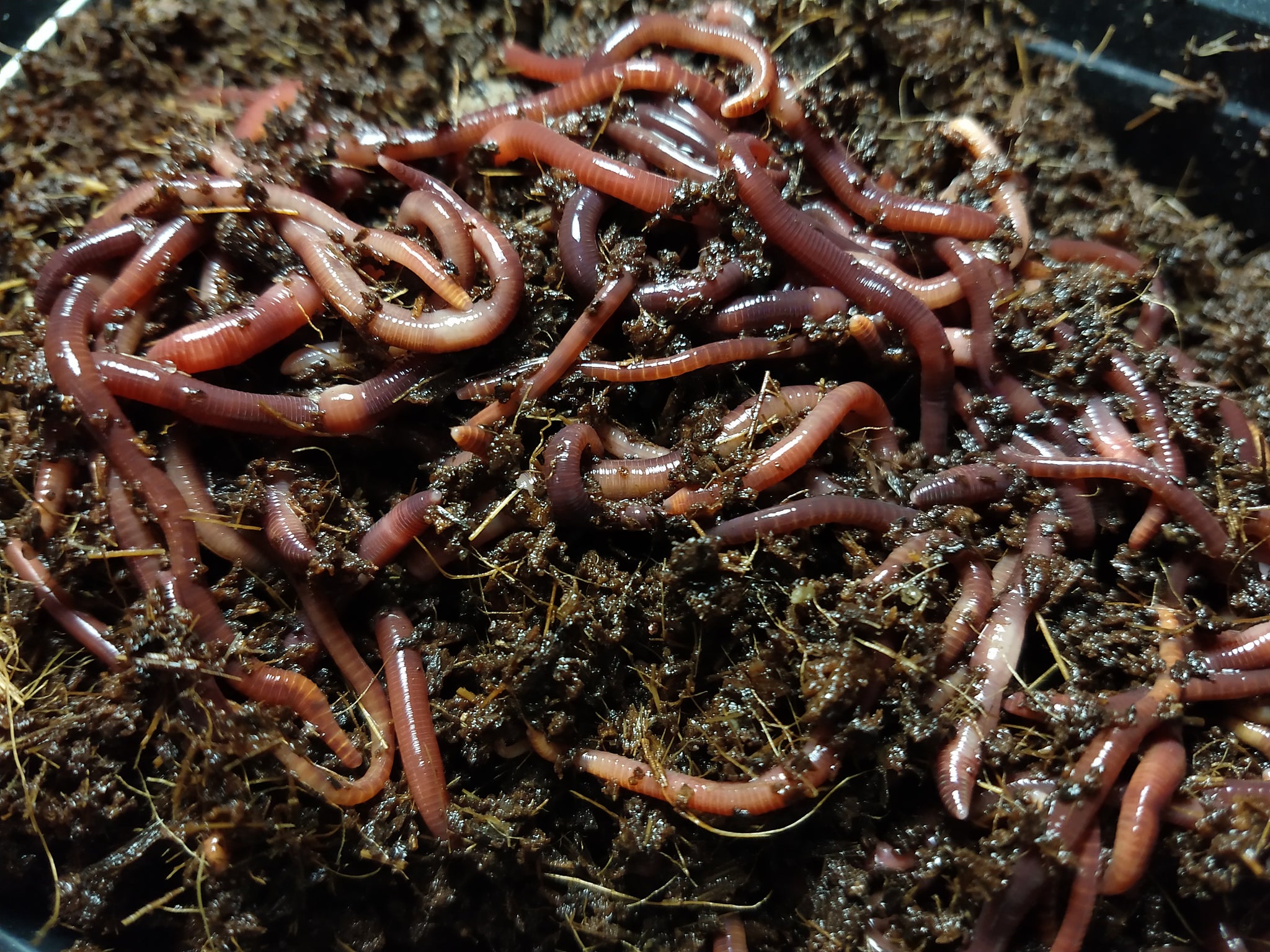Red Wigglers 101: Every Little Thing You Need to Know for Thriving Gardens
Red wigglers, or Eisenia fetida, play an essential function in sustainable gardening methods, serving as efficient decomposers that convert natural waste right into beneficial vermicompost. Comprehending their habitat, nutritional preferences, and the myriad benefits they supply can transform your horticulture strategy.
Comprehending Red Wigglers

Red wigglers grow in environments rich in organic product and dampness. Red Wiggler Express. They have a distinct digestion system that permits them to process food scraps promptly, eliminating spreadings that are loaded with vital nutrients such as nitrogen, phosphorus, and potassium. These spreadings improve soil framework, enhance water retention, and foster useful microbial activity, every one of which add to durable plant health
Furthermore, red wigglers can make it through in diverse problems, making them versatile to various gardening techniques, including indoor and outside composting systems. Their capacity to eat big quantities of natural waste everyday settings them as beneficial allies for both home garden enthusiasts and commercial growers. By integrating red wigglers into gardening initiatives, one can substantially improve dirt fertility and assistance sustainable horticulture methods.
Perfect Environment for Red Wigglers
Creating an optimal setting for red wigglers is important for maximizing their composting abilities and general health and wellness. Red wigglers thrive in wet, dark, and well-aerated habitats, which carefully resemble their natural surroundings in ground cover and decomposing natural issue. An ideal habitat should provide a temperature level range between 55 ° F and 77 ° F(13 ° C to 25 ° C), as extreme temperatures can stress or hurt the worms.
The bedding material, such as shredded paper, cardboard, or coconut coir, need to be maintained wet but not extremely wet, as excessive dampness can result in anaerobic conditions destructive to worm wellness. Furthermore, a pH degree between 6.0 and 7.5 is ideal, making sure a balanced atmosphere.
Correct oygenation is similarly crucial; it permits for oxygen flow and stops the build-up of hazardous gases. A container or bin designed for vermicomposting need to have drainage openings to remove excess moisture and promote airflow. Normal monitoring of these conditions is crucial for preserving a prospering red wiggler population, inevitably boosting their effectiveness in damaging down natural waste and improving garden soil.
Dietary Demands and Preferences

Red wigglers display specific preferences; they are especially fond of softer, breaking down products over more challenging or more coarse materials. It is vital to stay clear of feeding them citrus peels, onion, and garlic in huge quantities, as these can be unsafe. Furthermore, meat, milk, and oily foods ought to be omitted, as they can attract pests and create undesirable odors.
(Red Wiggler Express)To keep optimum health, a well balanced mix of eco-friendly and brownish products is recommended. Environment-friendly materials, such as vegetable scraps, provide nitrogen, while brown products, like cardboard and dried out leaves, supply carbon. Checking the dampness content and making sure a consistent food supply will further enhance their development and composting capabilities. By dealing with their dietary needs, garden enthusiasts can cultivate a prospering populace of red wigglers in their compost systems.
Advantages of Making Use Of Red Wigglers
The impressive advantages of using red wigglers in gardening extend far past their function in composting. These flexible microorganisms add significantly to soil health, enhancing nutrition availability and promoting microbial task. By freshening the soil as they tunnel, red wigglers boost drain and origin infiltration, producing an ideal setting for plant growth.
In addition, red wigglers are effective recyclers of natural waste, converting it right into nutrient-rich spreadings that act as an outstanding all-natural fertilizer. These castings have advantageous microorganisms and essential nutrients, such as nitrogen, phosphorus, and potassium, which are crucial for plant advancement. The slow-moving release of nutrients from worm spreadings makes sure a consistent supply, reducing the threat of nutrient leaching and promoting lasting horticulture practices.
In addition, the existence of red wigglers can help suppress soil-borne plant conditions. Their digestive system processes produce substances that prevent hazardous pathogens, therefore improving plant wellness. Making use of red wigglers fosters a much more lasting horticulture approach by reducing dependence on chemical plant foods and advertising a closed-loop system, where waste is transformed into important sources. Generally, incorporating red wigglers right into horticulture techniques provides a multitude of environmental and agricultural benefits.
(Red Wiggler Express)
Composting With Red Wigglers

To start an effective vermicomposting system, select an appropriate container with correct air flow and water drainage. The perfect atmosphere for red wigglers includes a damp, dark setup with temperature levels in between 55 ° F and 77 ° F. Begin by layering shredded paper, cardboard, and food scraps, ensuring a balanced mix of carbon and nitrogen-rich materials.
Red wigglers flourish on vegetable peels, fruit scraps, coffee grounds, and eggshells, while preventing meat, dairy products, and oily foods that can bring in parasites. Routinely keep track of wetness degrees; the bed linen must perspire yet not soaked. Harvest worm castings every couple of months by dividing the worms from the garden compost, which can after that be made use of straight in yards or kept for later usage.
Applying vermicomposting not just lowers investigate this site landfill waste but also enhances garden soil, promoting healthy plant growth and lasting horticulture techniques. Welcome this eco-friendly technique to enhance your horticulture undertakings.
Verdict
In recap, red wigglers are necessary microorganisms for boosting yard performance via reliable composting. Their particular habitat requirements, nutritional preferences, and substantial advantages add to sustainable gardening techniques. By using red wigglers, gardeners can considerably improve soil top quality and nutrient schedule, promoting healthier plant development. Welcoming the method of vermicomposting not only supports waste decrease however additionally promotes an environmental balance within garden communities, ultimately resulting in flourishing and durable gardens.